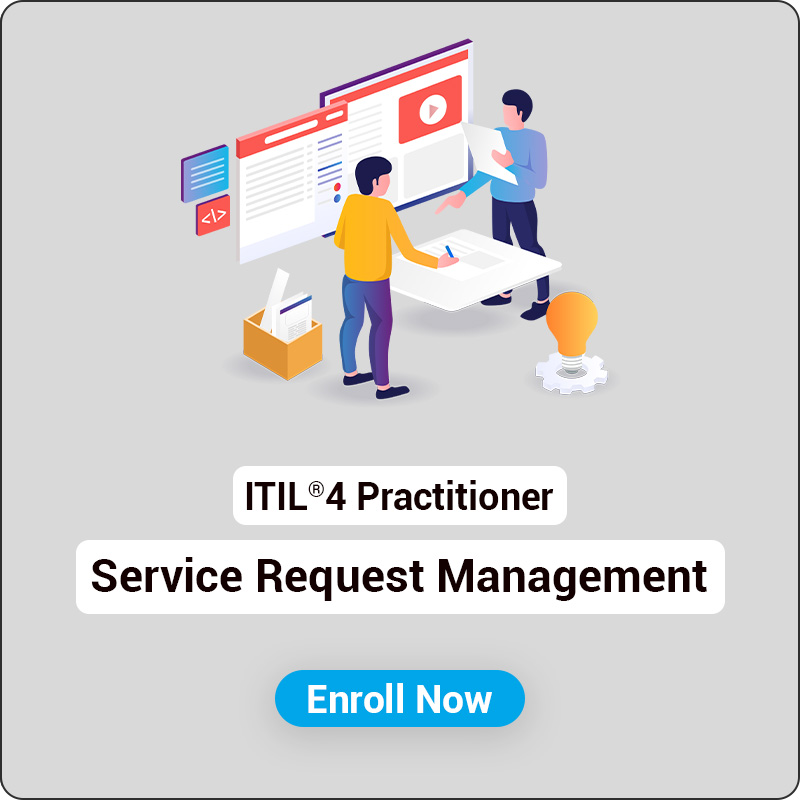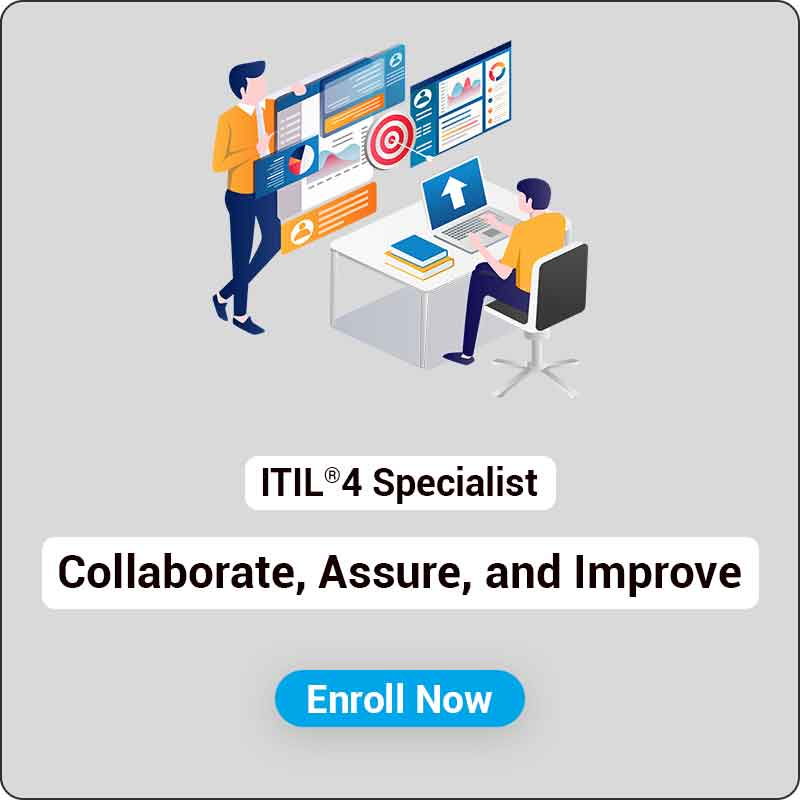ITIL® 4 Specialist: IT Asset Management Certification Training Course
Training
on LMS
Run Batches
Instructors
Simulation
Support
Training
on LMS
Run Batches
Instructors
Simulation
Support
ITIL® 4 Specialist: IT Asset Management
-
✓
PeopleCert Exam Voucheri
-
✓
Official Training Material
-
✓
Official eBook
-
✓
LMS Access
-
✓
Video Recorded Sessioni
-
✓
Exam Practice Questionsi
-
✓
Instructor-Led Virtual Classroom Training
-
✓
1 Year K-Prime Warrantyi
The ITIL® 4 Specialist: IT Asset Management (ITAM) module is primarily designed for professionals who are involved in or responsible for IT asset management within an organization. The module is especially pertinent for:
Advance your career with Knowlathon’s Live Instructor-Led/Classroom Training, designed for professionals who prefer interactive and structured learning.
Gain practical insights, real-time engagement, and expert guidance to confidently clear certification.
Learn at your own pace with Knowlathon’s On-Demand Training Programs - ideal for busy professionals who need flexibility without compromising quality.
Help your teams grow with personalized training programs and affordable pricing that fit your business goals. Build a future-ready workforce by boosting digital skills, technical know-how, and a mindset of continuous improvement.





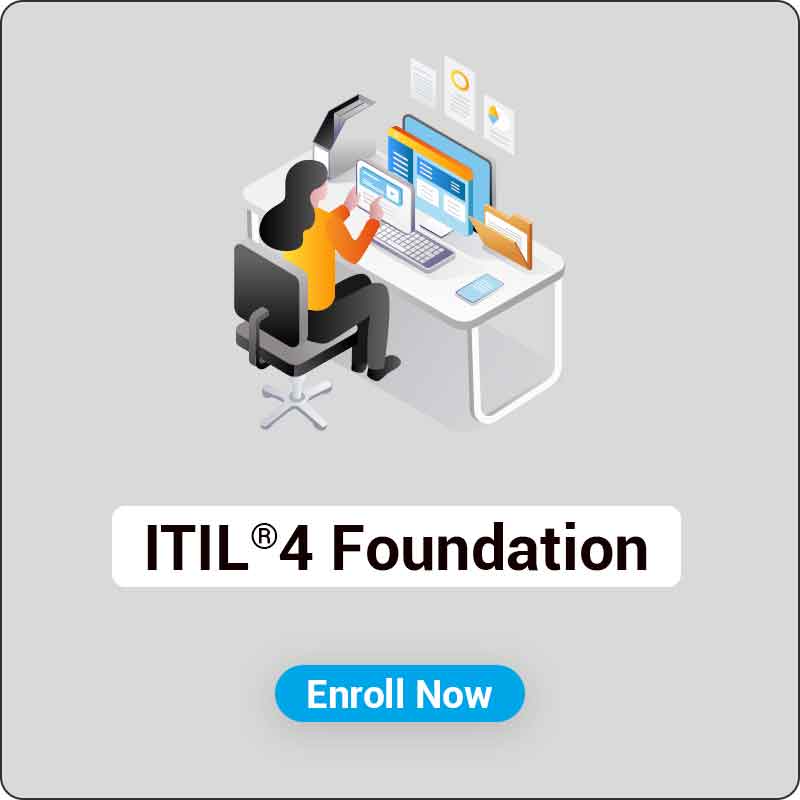
 (1).jpg)

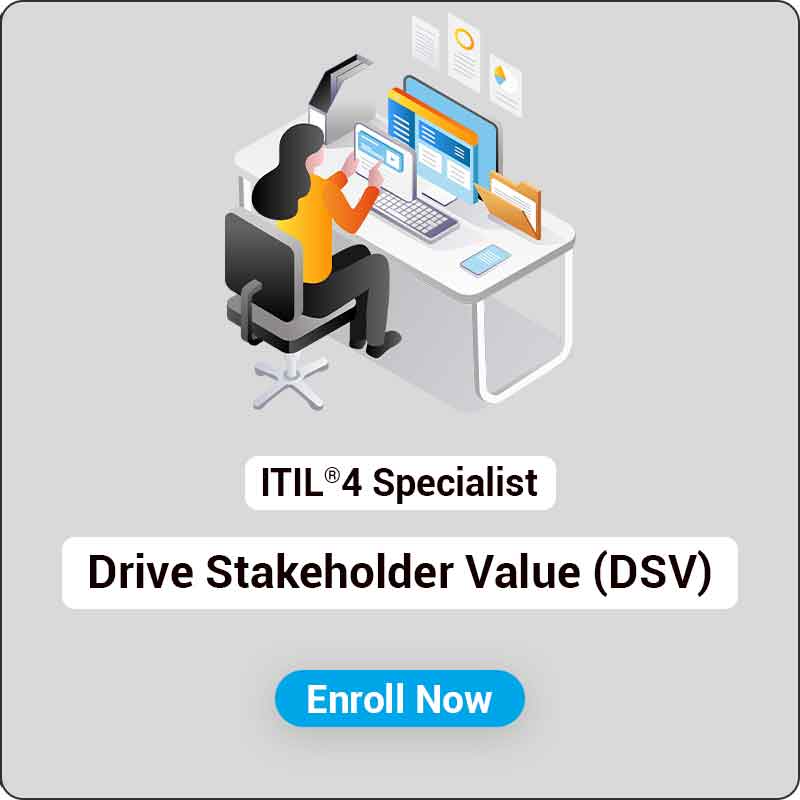

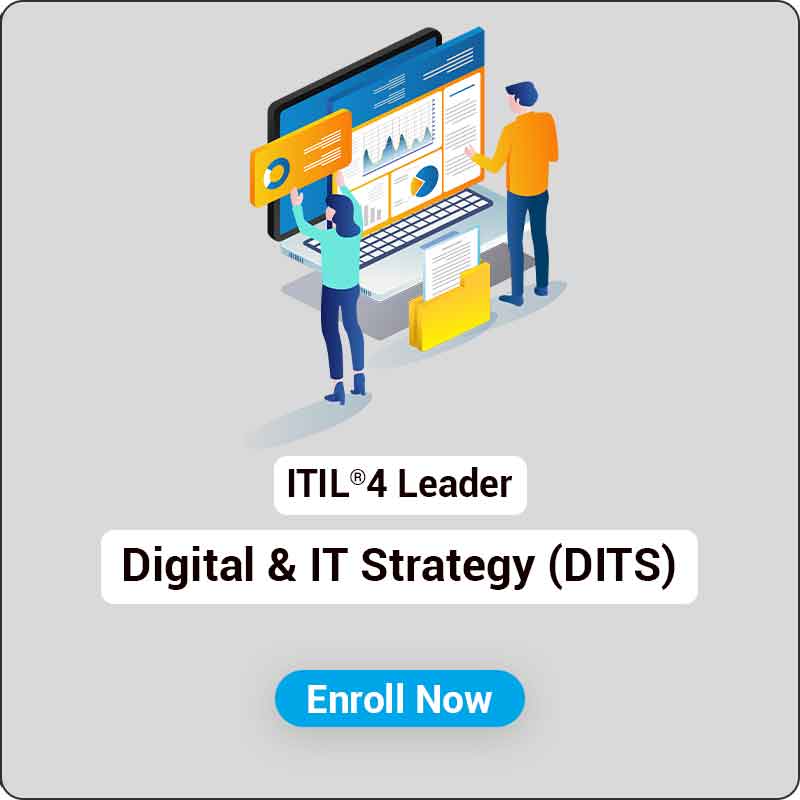
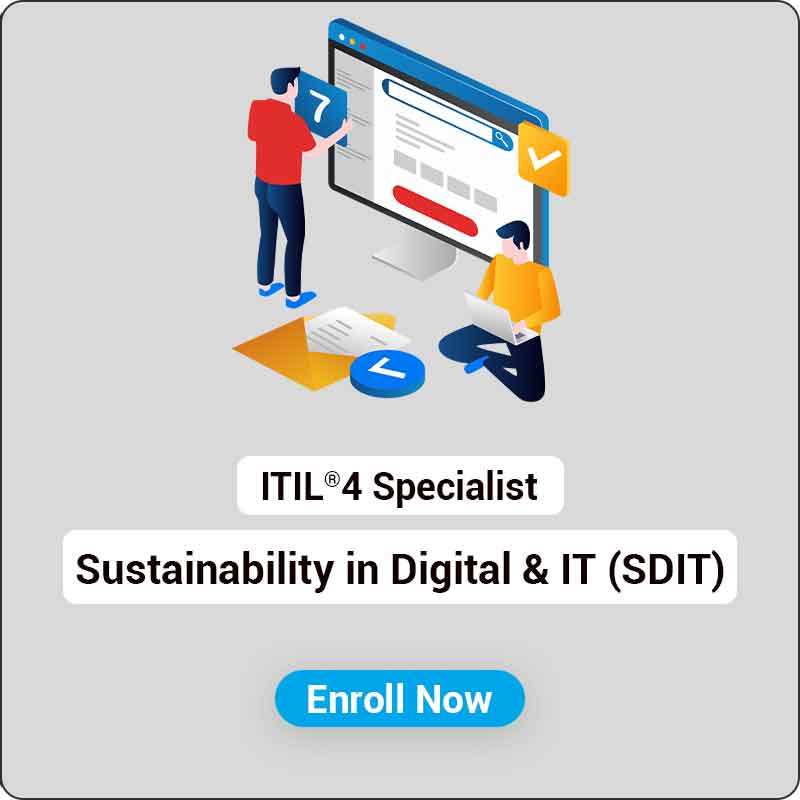
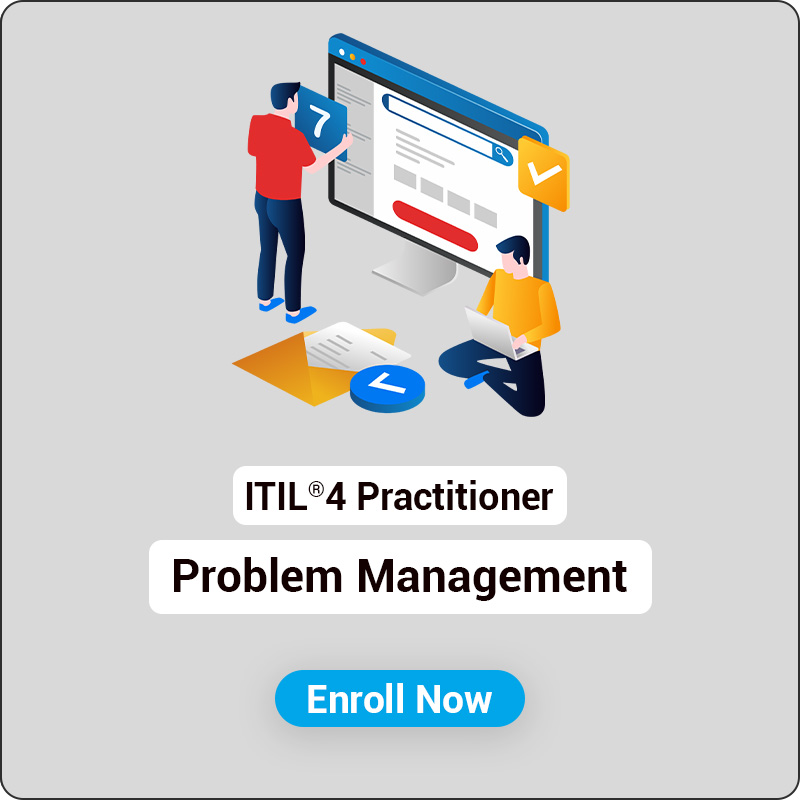
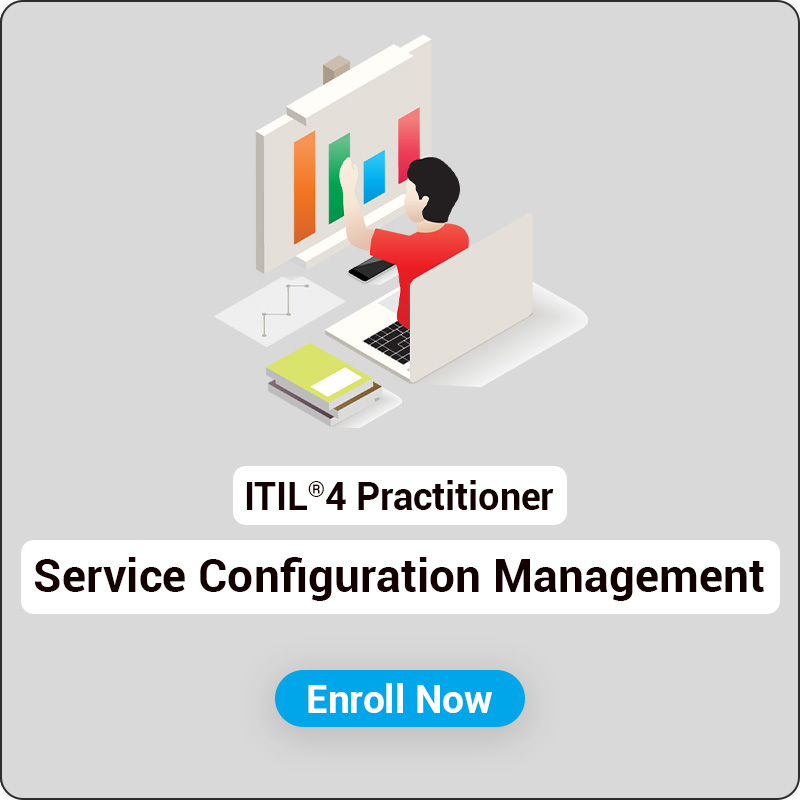
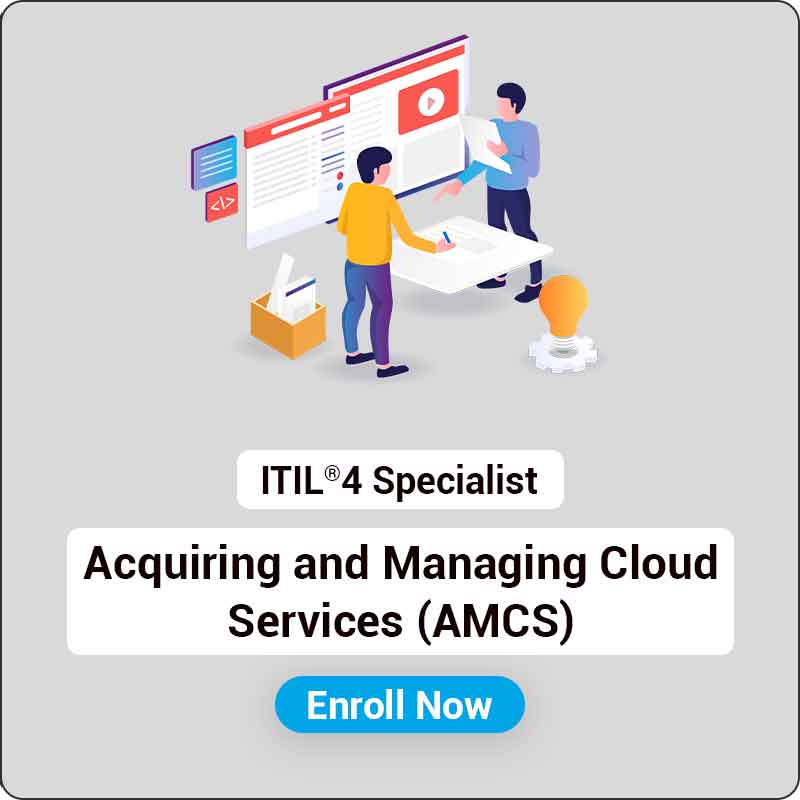
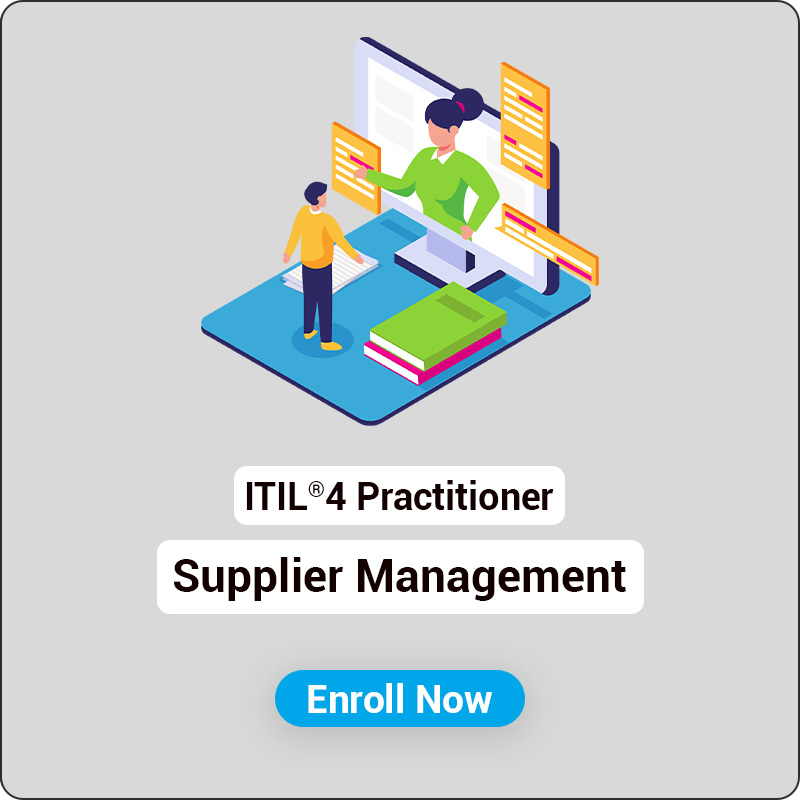
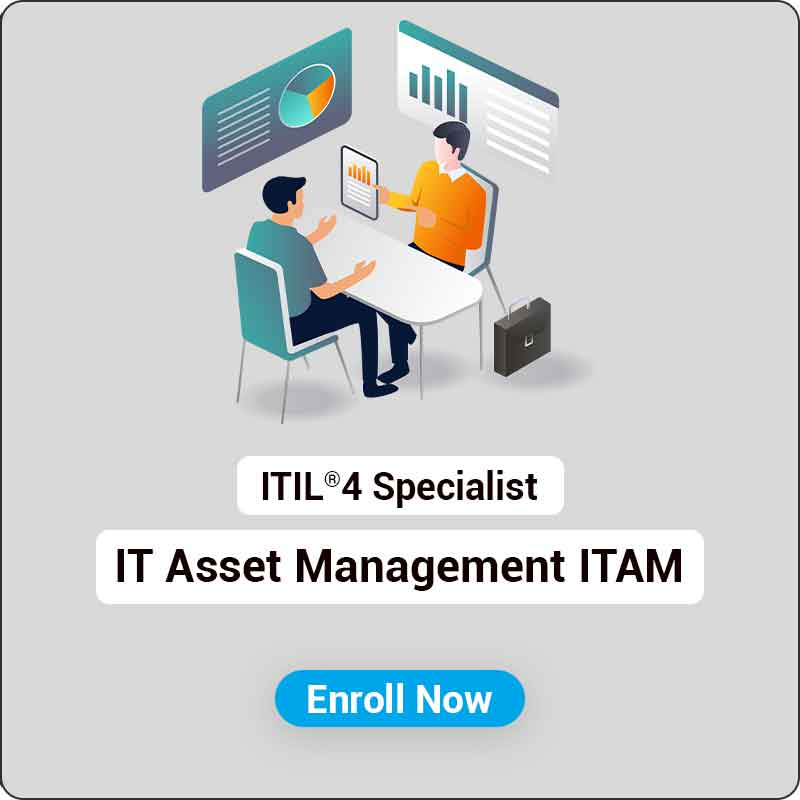
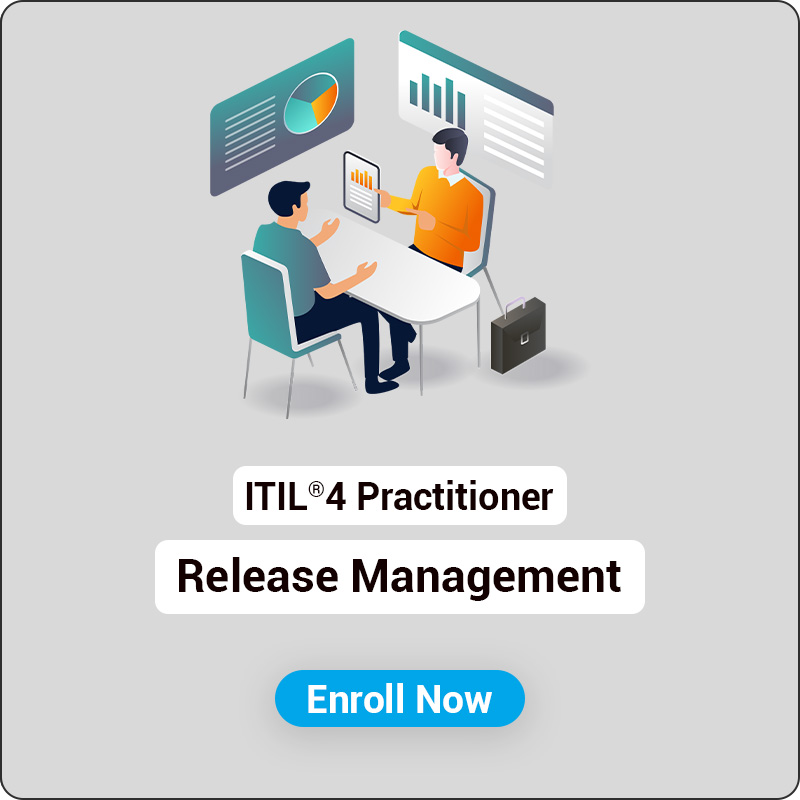
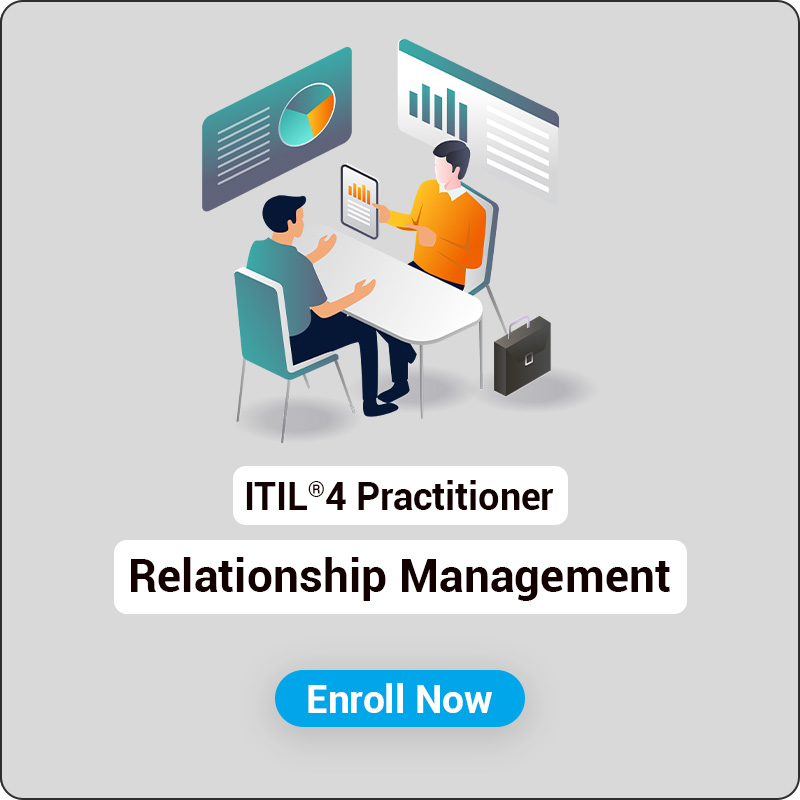
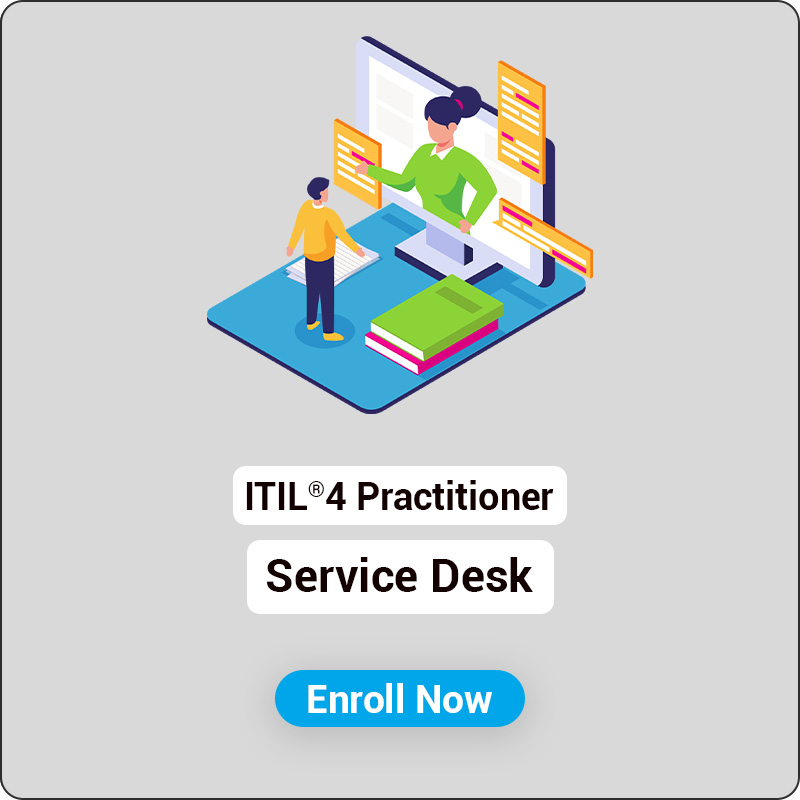
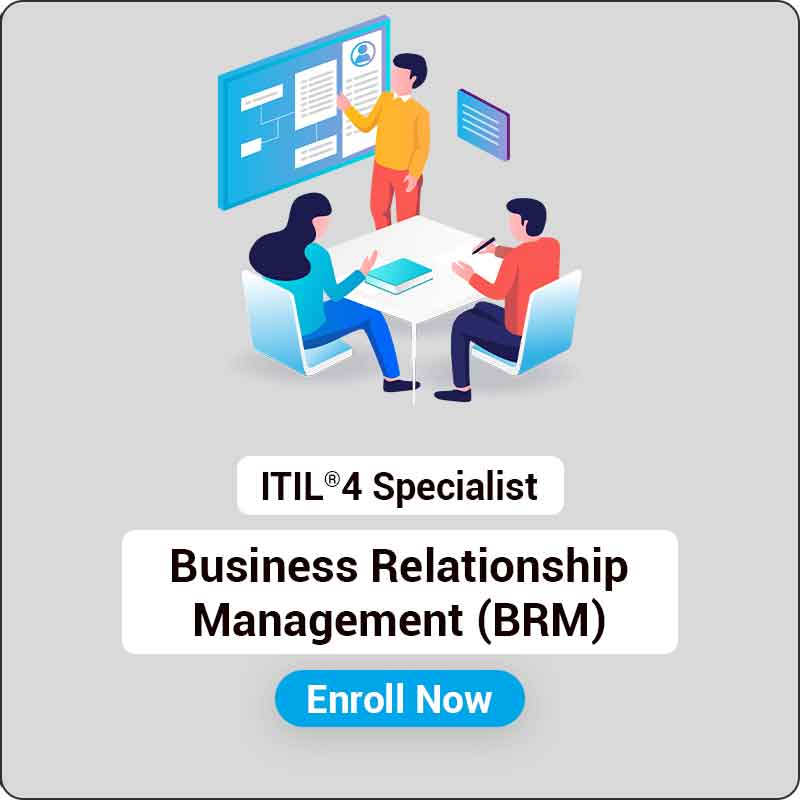
.jpg)
